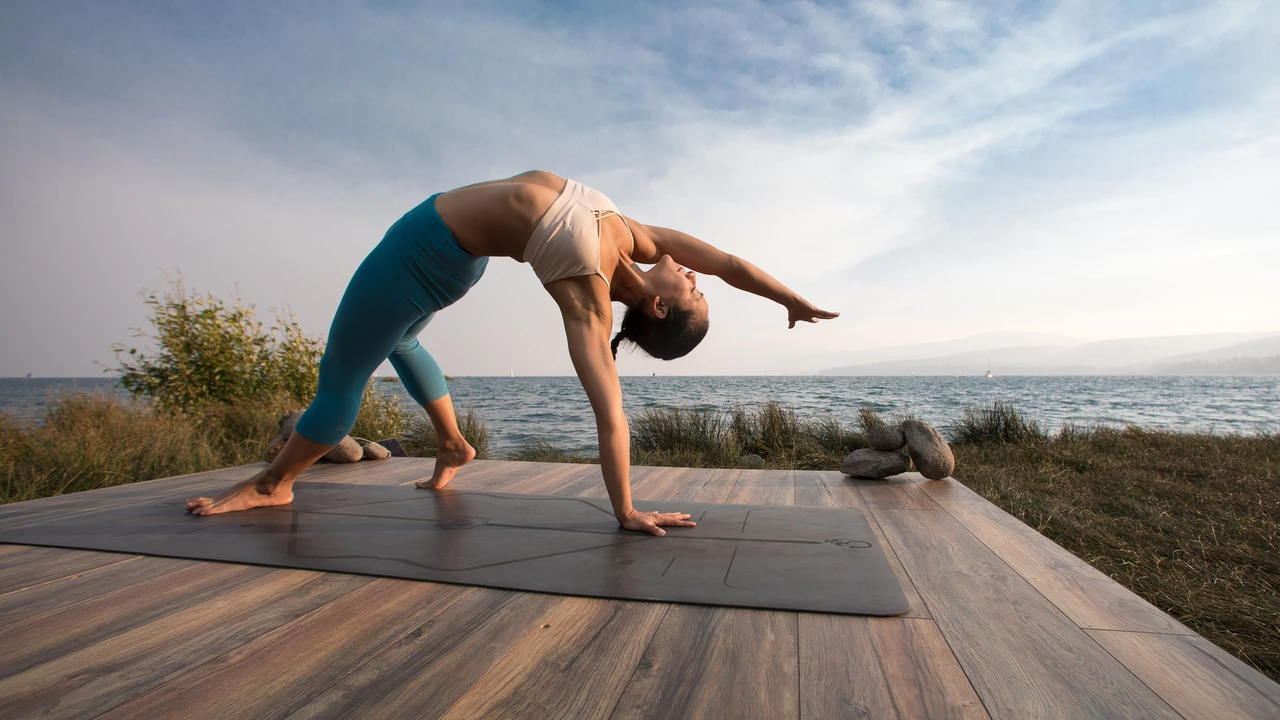Health and Fitness: Yoga for Every Body
Yoga improves strength, balance, flexibility and calm — and you don't need to be flexible or fit to start. If you want better posture, less pain, more energy or stress relief, a short regular practice will help. This category collects practical advice for building a steady routine, simple poses that work for most people, and safety tips so you avoid common setbacks.
Start small. Aim for 10 to 20 minutes three to five days a week. Short sessions are better than none and reduce the chance of injury. Begin with a warm up: gentle neck rolls, shoulder circles, cat-cow and hip circles. Then move into foundational poses like downward dog, plank, child pose, low lunge and bridge. Hold each pose for three to five breaths and focus on steady breathing.
Breathing matters. Use slow, steady inhales and exhales through the nose. Linking breath to movement keeps you present and helps muscles work efficiently. If you feel breathless, ease the pose or take a moment in child pose. Pranayama practices such as box breathing or alternate nostril breathing are simple tools that improve focus and calm.
Modifications and props make yoga accessible. Use blocks under your hands in forward folds, sit on a folded blanket for cross legged poses, or bend the knees in standing poses. Chairs are excellent for balance work and for people with limited mobility. A wall gives support for inversions and standing balance. Adjustments help you build strength and join more advanced shapes later.
Common beginner issues and fixes:
- Tight hamstrings: bend your knees in forward bends and focus on length more than depth.
- Wrist pain: use fists, forearms or props to reduce pressure.
- Low back discomfort: strengthen the core with gentle core work and avoid deep twists at first.
- Overstretching: respect a comfortable edge and stop when a sharp pain occurs.
Short sequence example for mornings: breathe deeply for one minute, cat-cow ten rounds, downward dog five breaths, low lunge each side five breaths, plank 30 seconds, bridge five breaths, seated twist each side three breaths, close with five mindful breaths. This takes about 12 minutes and wakes the body without tiring it.
Consistency beats complexity. Track sessions on a calendar or pair practice with a daily habit like brushing teeth. If motivation dips, try a new class, a short guided video, or practice with a friend. Progress is visible in improved balance, easier daily movement, reduced stress and better sleep.
If you have health conditions, check with a doctor and tell a certified teacher about injuries or recent surgeries. A good teacher will offer alternatives and keep you safe. Use this section to find reliable tips, beginner-friendly routines and clear advice so your yoga supports real health gains.
Expect gradual change; small consistent steps add up. Aim to notice one small improvement each week — more ease standing, deeper breath, or less neck tension. Celebrate those wins, keep your routine realistic and enjoyable, and keep going steadily every single day.
Is yoga hard for a beginner?
As a beginner, you might find yoga a bit challenging due to the unfamiliar poses and the need for flexibility and strength. However, it's all about patience and consistency. Everyone starts at a different place and the beauty of yoga is that it's adaptable for all skill levels. Remember, it's a personal journey, not a competition. Over time, with regular practice, you'll notice progress and improvements in your abilities.
